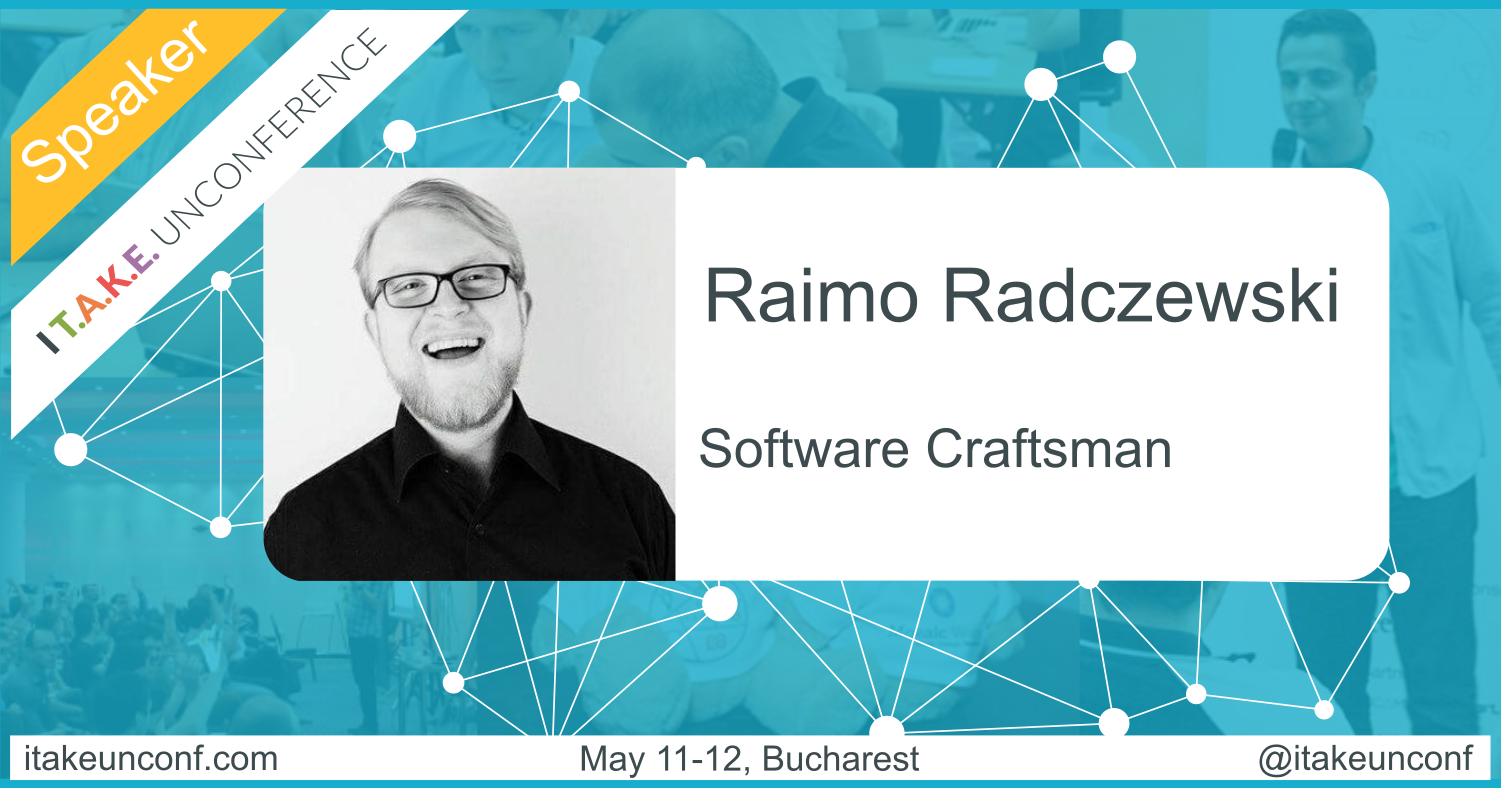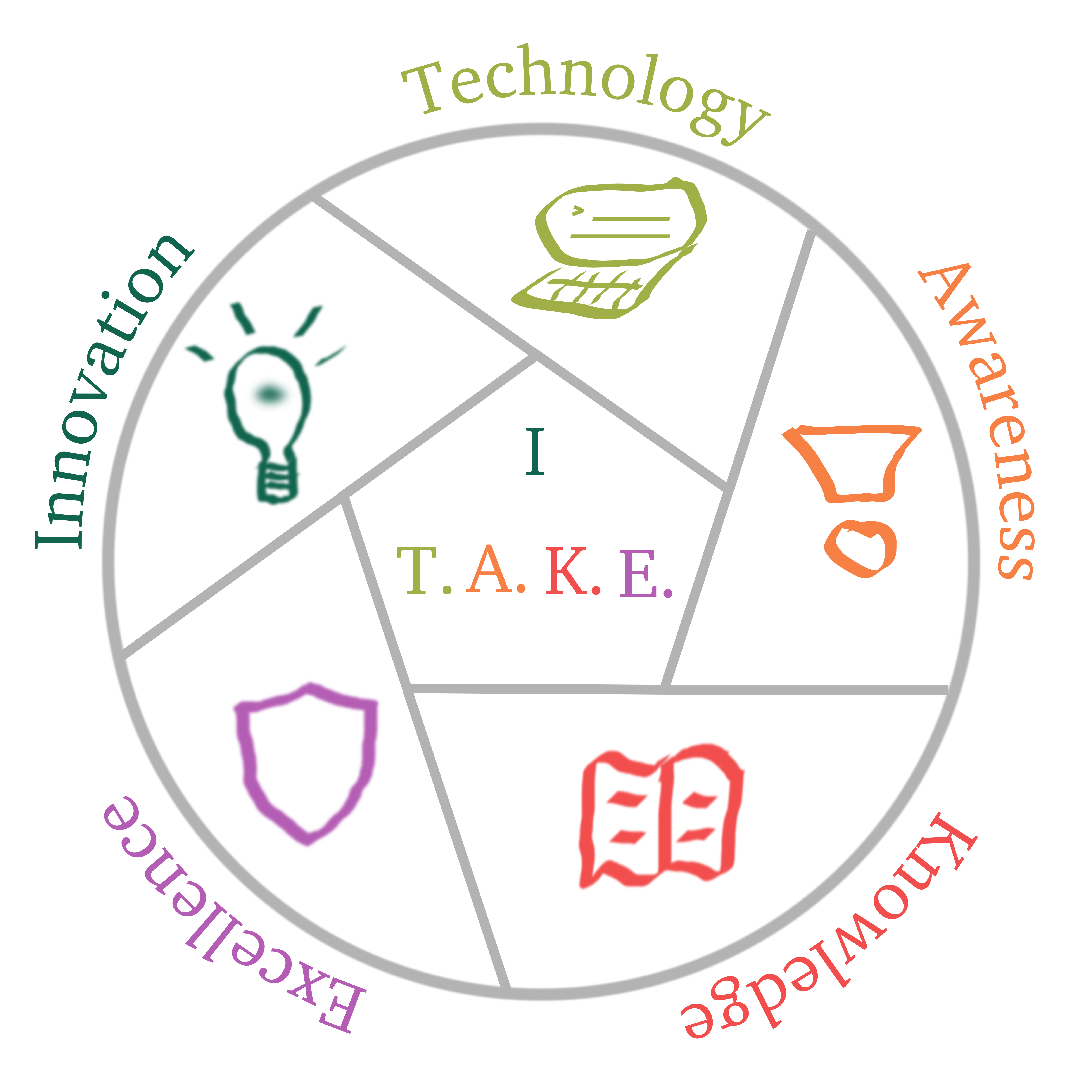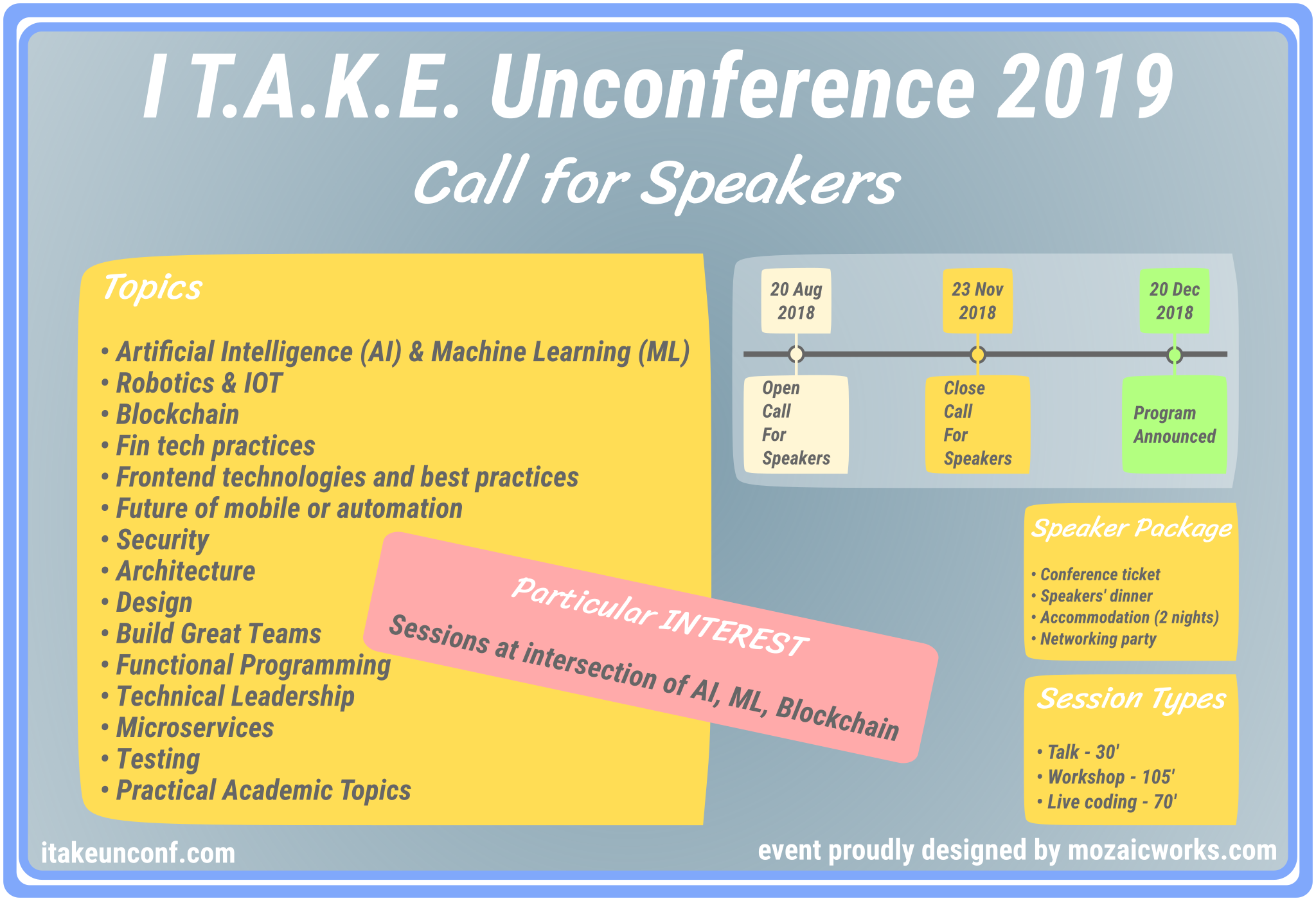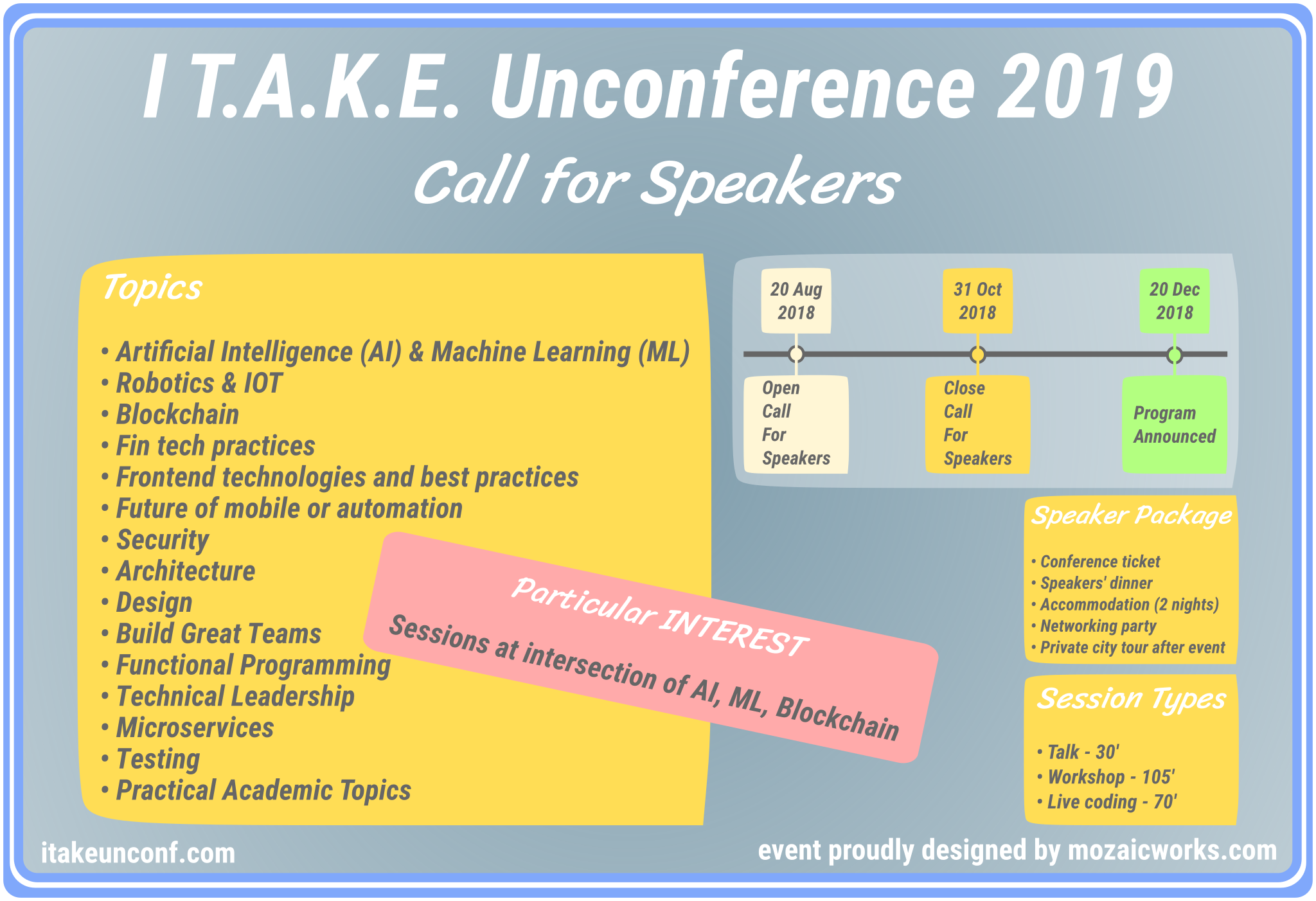
Enjoy the following series of interviews with the speakers, top-notch software crafters from across Europe, joining I T.A.K.E Unconference, Bucharest, 11-12 May. Discover the lessons learned and what drives them to challenge the known path in their field.
Raimo Radczewski is a freelancing software craftsman living in Berlin, Germany. He’s organizing Berlin’s Software Craftsmanship Community where he supports craftspeople with professionalizing and sharpening their skills, but also reflect on their current practices and how they can work better as teams. At #itakeunconf he will be sharing about Remote Pair-programming.
#1. Please share with us 5 things you did that helped you grow and become the professional you are today
I think the most important thing that shaped my career has been the Software Craftsmanship movement. I first went to an OpenSpace in 2012, then Coderetreats, then SoCraTes, then organizing OpenSpaces and such. The community has really supported me and helped me grow in every professional aspect I could think of.
#2. What challenges will the participants find solutions to during your session at I T.A.K.E Unconference 2017?
The most challenging part of working remote is keeping an inter-human connection to the person on the other side to make up for the tools that so rarely work. It also helps to use the least-broken tools and find a structure that works for the individuals that want to pair up.
#3. Recommend for the participants 3 sources you find inspiration from and would help them better understand you
I draw most of my inspiration from visiting and organizing events in the communities. Additionally, the Software Craftsmanship Slack Team is a great place to start discussing with craftspeople all over the world.
Want to join Raimo and ~300 software crafters from around Europe?
Register now for I T.A.K.E Unconference 2017!






